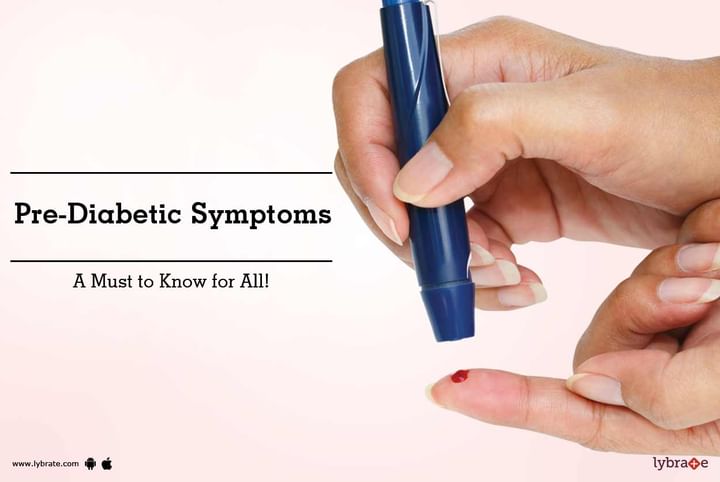Pre-Diabetic Symptoms - A Must to Know for All!
Before you are affected by diabetes, a condition known as pre-diabetes is experienced, which indicates that a person might develop diabetes soon. In case you have pre-diabetes, your blood sugar level will be higher than the usual, but not as much as during diabetes. The condition is called borderline diabetes. During pre-diabetes, the production of insulin hormone gets decreased. You are more likely to get heart diseases and a stroke because of pre-diabetes.
Diagnosis There are three primary blood tests, which are used for the diagnosis of pre-diabetes:
- Fasting plasma glucose test
- You should not eat anything for eight hours before this blood test.
- Blood sugar level is considered normal when it is less than 100.
- If your blood sugar level is between 100 and 125, you are in the pre-diabetes stage.
- If your blood sugar level is above 125, you are diagnosed with diabetes.
- Oral glucose tolerance test
- First, you need to have a fasting glucose test done and drink a sugary solution (75 gm glucose dissolve in water) after it. After two hours, another blood test is taken.
- Blood sugar level is considered normal when it is lesser than 140.
- If your blood sugar level is between 140 and 199, you are in the pre-diabetes stage.
- If your blood sugar level is above 200, you are diagnosed with diabetes.
- Hemoglobin A1C
- This blood test shows the average blood sugar level for three to four months in the past. It helps to check whether pre-diabetes is in control or not.
- Blood sugar level is considered normal when it is 5.6%.
- If your blood sugar level is between 5.7% and 6.4%, you are in the pre-diabetes stage.
- If your blood sugar level is 6.5% or above, you are diagnosed with diabetes.
- The test should be redone for checking or verifying the results.
Lifestyle changes required for managing pre-diabetes Lifestyle changes may help people in managing pre-diabetes and for preventing it from developing into diabetes. Here are some changes and habits you need to practice:
- Weight control: If you are obese and overweight, the pre-diabetes may turn into diabetes. Hence, losing some amount of body weight, at least 5% to 10%, makes quite a difference.
- Exercise: You should perform moderate exercises regularly, such as swimming, cycling or walking briskly. This helps in the management of pre-diabetes. Aerobic exercise increases the heart rate and should be carried out for better benefits.
- Nutrition: You must make some dietary changes as well. Consume food items, which contain low-fat protein. Eat a lot of vegetables and whole grains, limit your calorie intake and reduce the amount of sugar and starchy carbohydrates. Increase your intake of fiber-rich food.
If you experience a rise in your blood sugar levels, you must consult a doctor immediately. With early diagnosis, you can take preventive measures and will be able to prevent pre-diabetes from developing into diabetes.



+1.svg)
